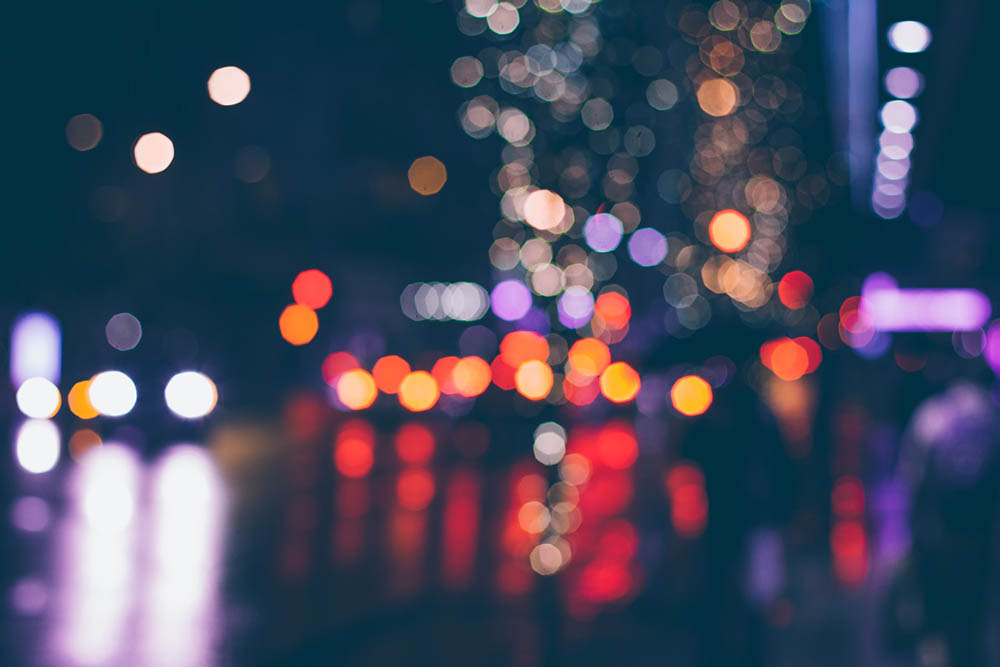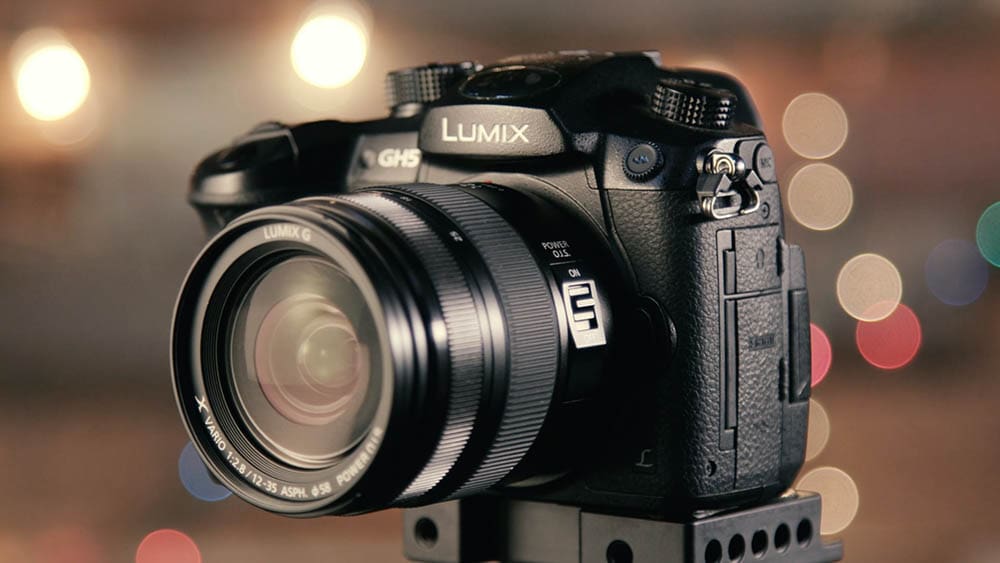What Is Bokeh? Photography Basics Explained!
Last Updated on

The best way to define bokeh is to call it a technique. The Japanese word describes blurring the background of an image to put the subject in clear focus. A photographer can manipulate the backdrop to create a broad range of effects. It primarily uses the aperture setting to create this stylized photo, although painters also make wide use of it in their various mediums.
The result can add to the message of the image, creating an intimacy with the subject matter that is often quite powerful. You’ll see bokeh applied in various styles, from nature photography to portraits. The effects rely on the function of the lens and how you use it.

How Does It Work?
Photographers create the bokeh effect by setting the aperture on the camera to a larger setting to let more light into the lens. Doing so reduces the depth of field (DoF). Objects in the foreground come into focus, whereas those in the background become blurry or softened. You can also get a similar effect by getting closer to your subject. Of course, changing settings is often more practical than moving.
You can add additional effects by changing the shutter speed. That influences the length of exposure to your medium. The longer it is, the more a photographer can use motion blur to enhance the bokeh. Using a lens with a longer focal length, such as a telephoto one, will increase the magnification and, thus, reduce the DoF. You can intensify the bokeh even further by increasing the distance between your subject and the background.


What Are the Different Types of Bokeh?
There aren’t different types of bokeh based on the final effects. You have several options that will influence the degree of bokeh, from modest to extremely out-of-focus backgrounds. Often, it’s a matter of artistic license and the overriding theme that the photographer wants to achieve.
Nature photographs using bokeh are excellent examples of this technique, particularly if it gives the viewer a close-up look at something they may not usually see at this angle. Think of zoomed-in shots of flowers or insects that invite the observer into a new world. The bokeh technique can underscore the subject in unique ways by focusing the attention on something that may otherwise go unnoticed.
Many photographers have used bokeh successfully in portraits. A close-up view of an individual with a blurred background invites the viewer into the private world and thoughts of the subject. It can reveal emotions that might never be seen without the intimacy of the bokeh effect. It can add drama to an image in a compelling and sometimes startling way. Bokeh is a valuable technique that has a broad range of applications.

When Is It Used?
One of the hallmarks of a good picture is its uniqueness. Bokeh is another tool that photographers can use to create one-of-a-kind images that seem to defy reality. Adjusting the aperture, focal length, distance, and shutter speed offer numerous options for taking it to the degree you want. However, using a camera with an aperture setting or F-stop of f/2.8 or less will offer the best opportunities for using bokeh.
You should set your camera to the aperture priority setting if available. You can also adjust your ISO setting—the sensitivity to light—to match the lighting as needed. If you can get the shot at your device’s base ISO, all the better. Bear in mind that the fast aperture is critical to achieving this effect. The trick is maximizing the image’s quality without adding unnecessary noise.


Advantages of Bokeh
The main benefit of using bokeh is that it takes photography to the next level as an art form. It enables a photographer to tell a story with their images in unique ways. The best part about it is that you can get high-quality images easily, particularly if you can change your camera’s settings manually. This will allow you to tweak the aperture and shutter speed for optimal effects.

Disadvantages of Bokeh
There’s a fine line between dramatic and overdone with bokeh, like any special effect. That’s when a photographer must step back and consider the message they want to convey with a specific shot.
Surprise is also a part of its impact. A series of images all using bokeh loses its punch. The takeaway is that less is more.
Unfortunately, bokeh isn’t something you can get with a smartphone camera as effectively unless you find an app that offers this effect. Often, it’s something you’ll have to add using photo-editing software. However, some manufacturers, such as Samsung and Apple, are paving the way to incorporate these types of effects into their latest models.

Frequently Asked Questions (FAQs)
What Is the Ideal F-Stop Setting?
You’ll get the most dramatic effects the lower you go. Lower-end cameras may not take the aperture below f/3.5. Go with the lowest one your device has and start experimenting.

Is There Such Thing as Bad Bokeh?
This effect can be overdone, as we mentioned. The other obstacle you may encounter is the way your camera renders the blur. Ideally, you’ll only see soft edges if you zoom in on the images. Some older models may create jagged lines, which detract from the beauty of this technique.
Is There Anything Else I Need to Know?
The value is in the details. First, make sure your camera’s lens is clean. Remember that the key is the softness of the background. Specks of dust won’t make the shot any better. Also, use distance to your advantage if it works for the photo.

Conclusion
Bokeh is a simple concept that can bring dramatic results to your photos. Its power lies with how you use it. We like that it gives photographers another way to add context to their images. It lends itself to many applications, from still life to portraits. Few techniques can put the spotlight on even the most ordinary objects than the master effects you can get from bokeh.
Featured Image Credit: Conor Luddy, Unsplash
About the Author Chris Dinesen Rogers
Chris has been writing since 2009 on a variety of topics. Her motto with all of her writing is “science-based writing nurtured by education and critical thinking.” Chris specializes in science topics and has a special love for health and environmental topics, and animals of all shapes and sizes.
Related Articles:
What Is the Best Binocular Magnification for Hunting? Optical Features Explained
How to Clean a Refractor Telescope: Step-by-Step Guide
How to Clean a Telescope Eyepiece: Step-by-Step Guide
How to Clean a Rifle Scope: 8 Expert Tips
Monocular vs Telescope: Differences Explained (With Pictures)
What Is a Monocular Used For? 8 Common Functions
How to Clean a Telescope Mirror: 8 Expert Tips
Brightfield vs Phase Contrast Microscopy: The Differences Explained
